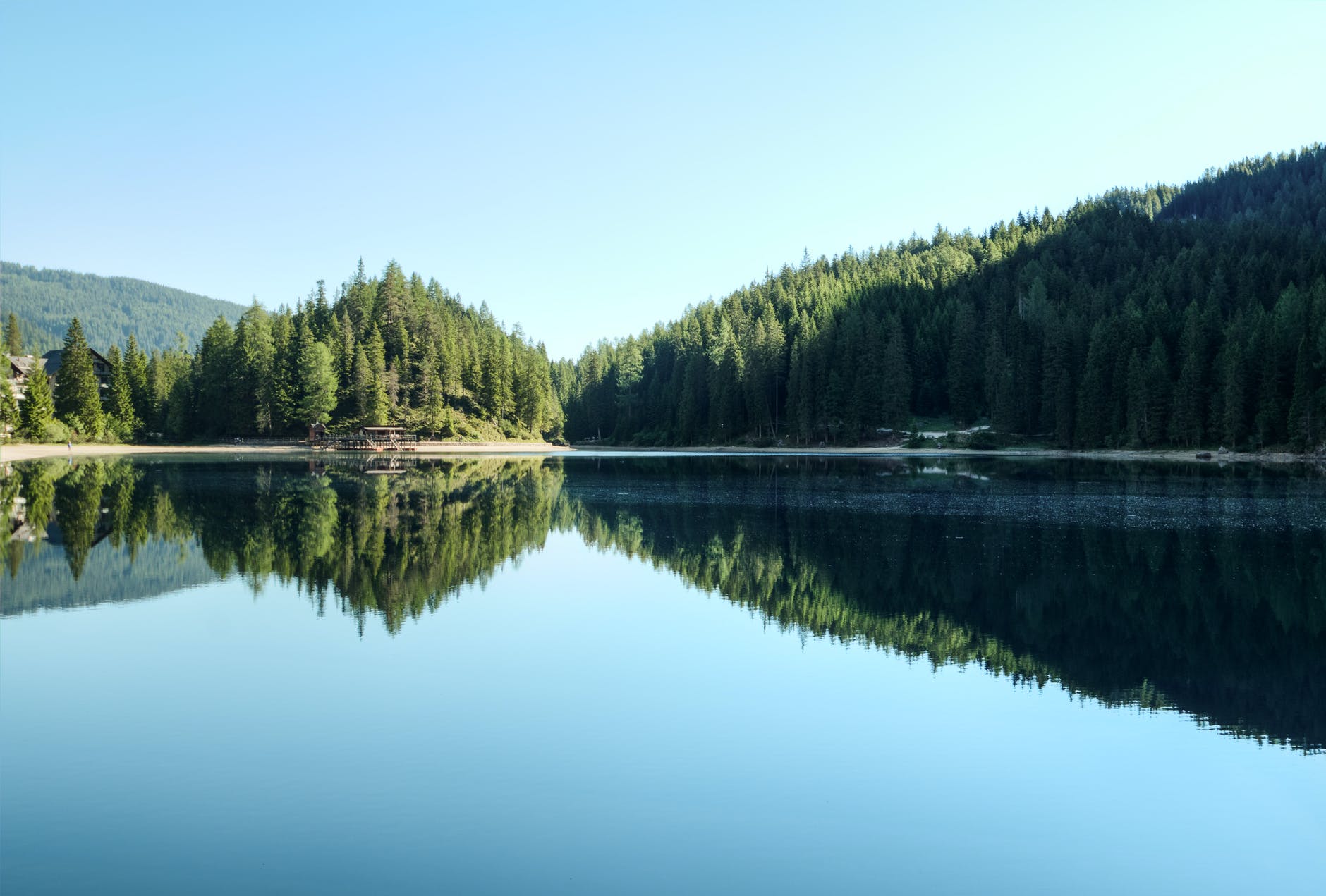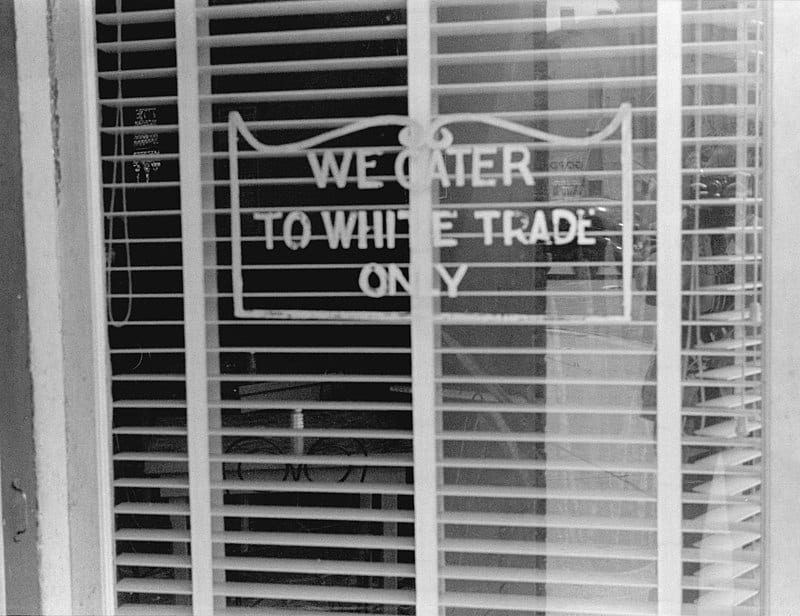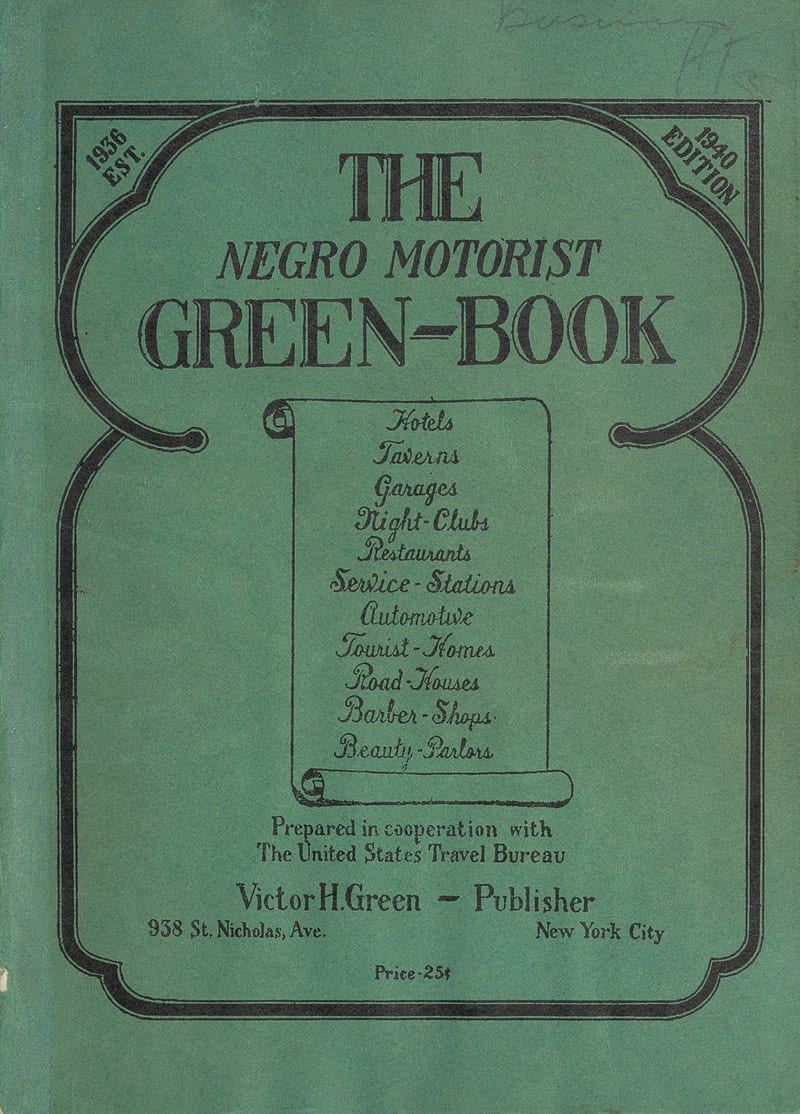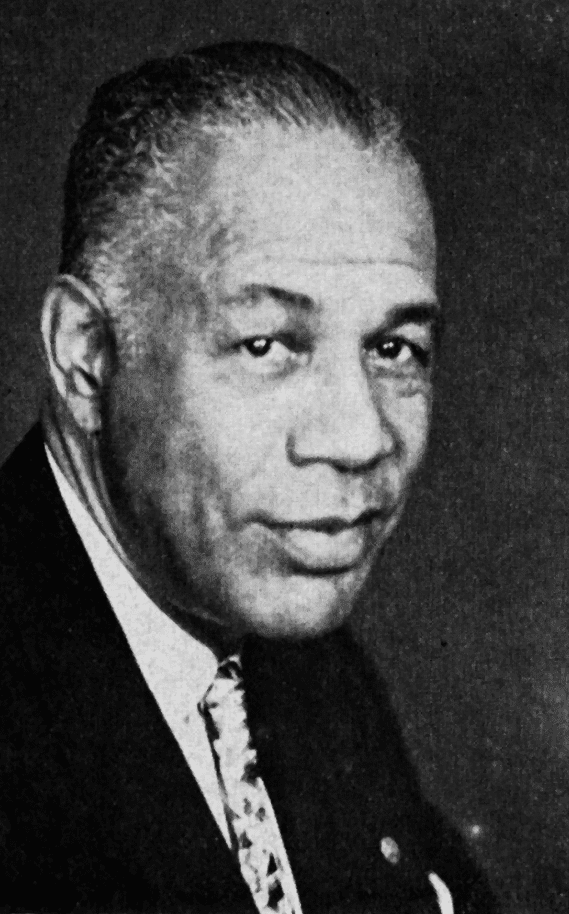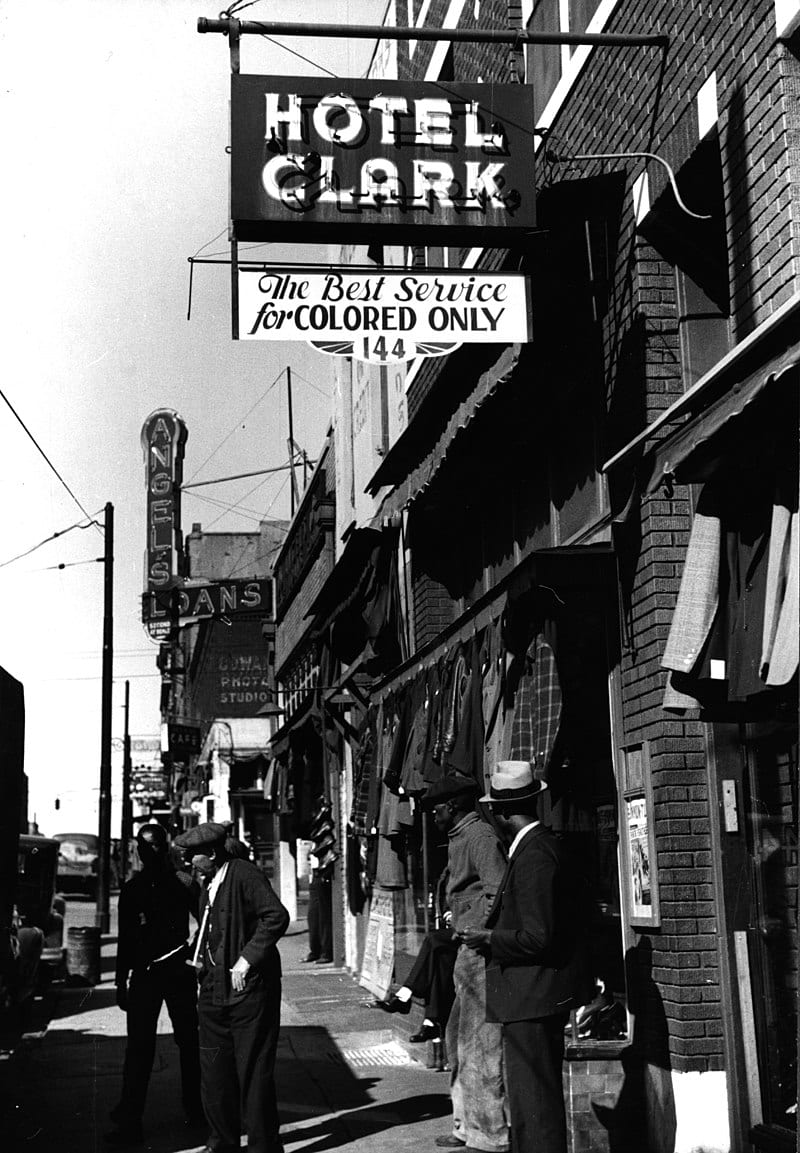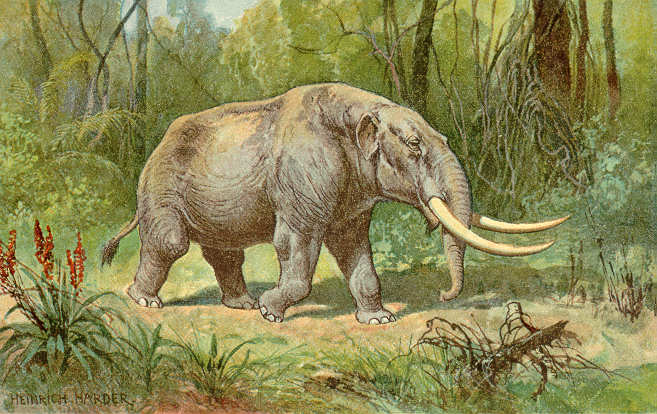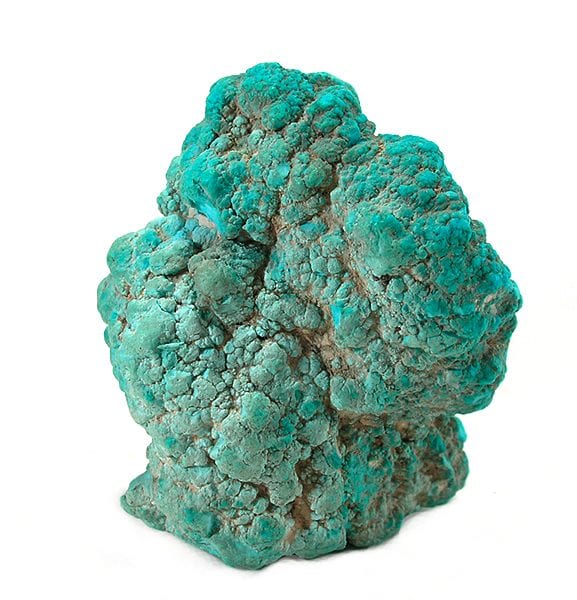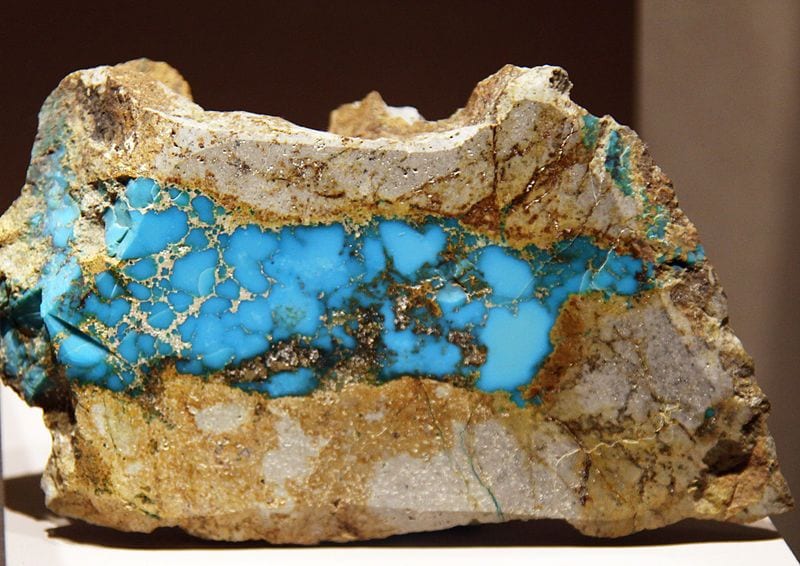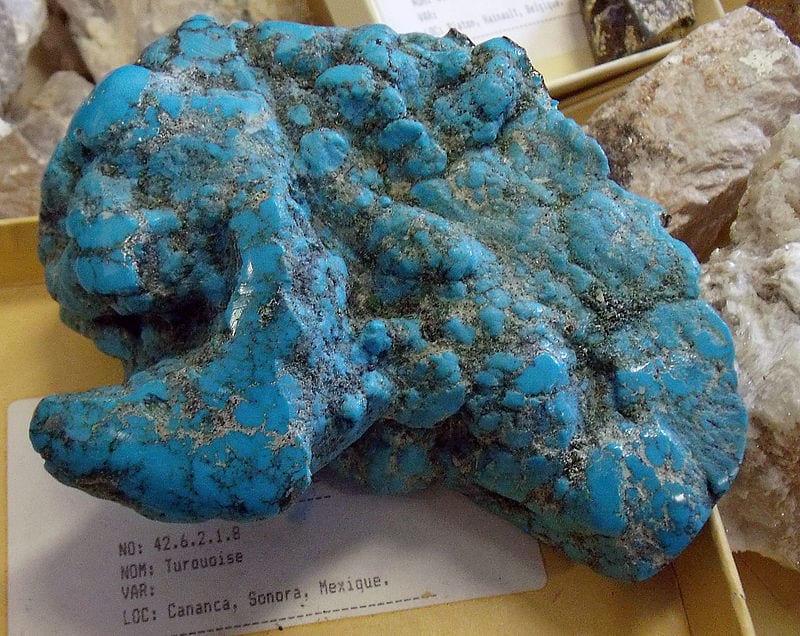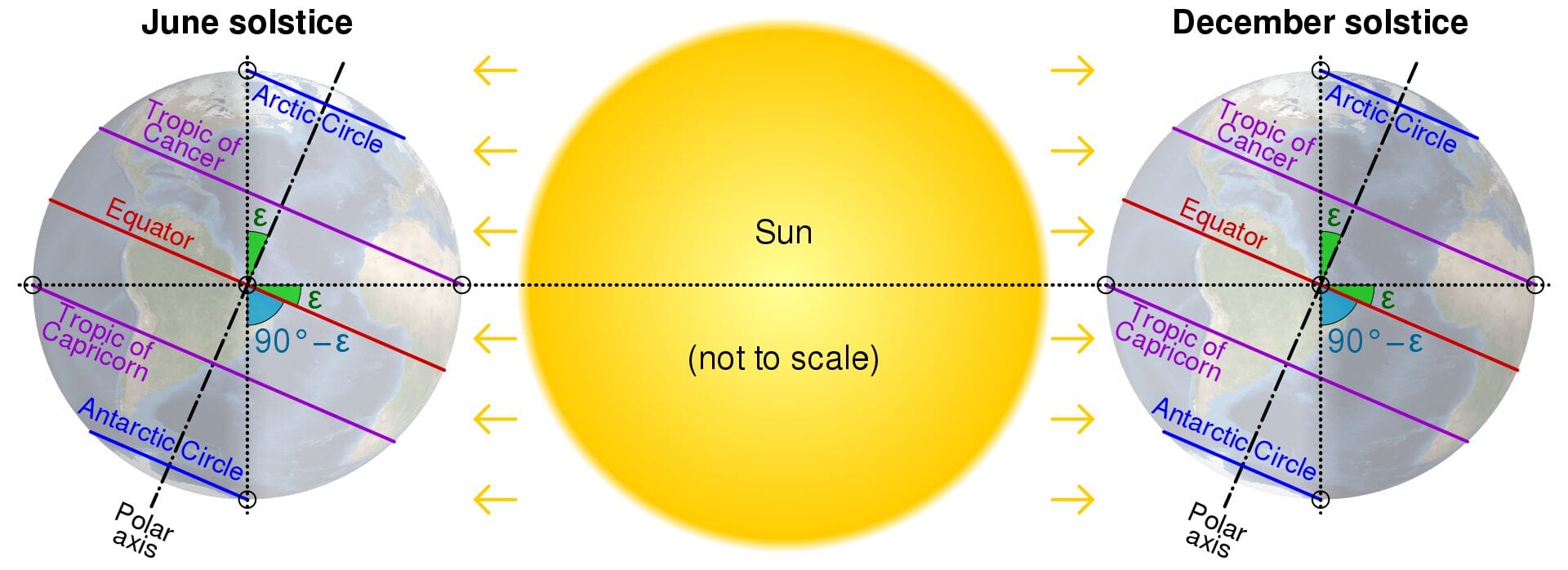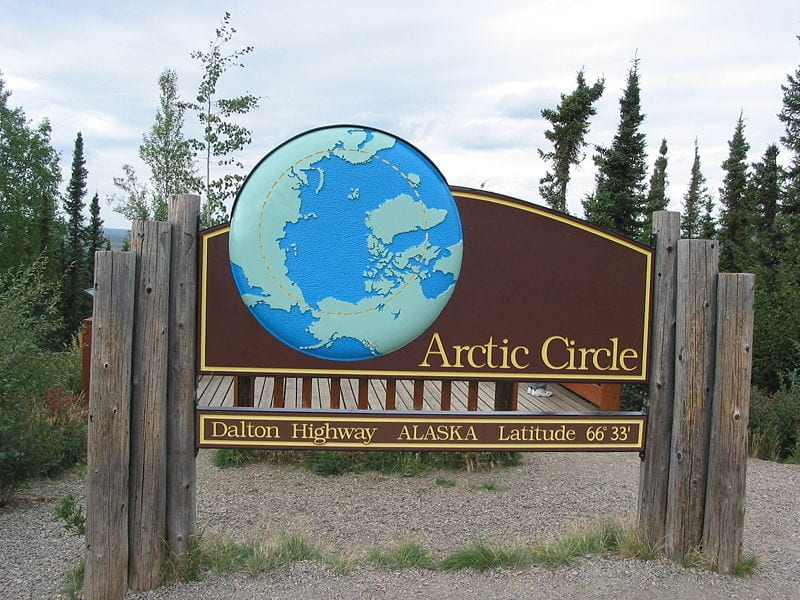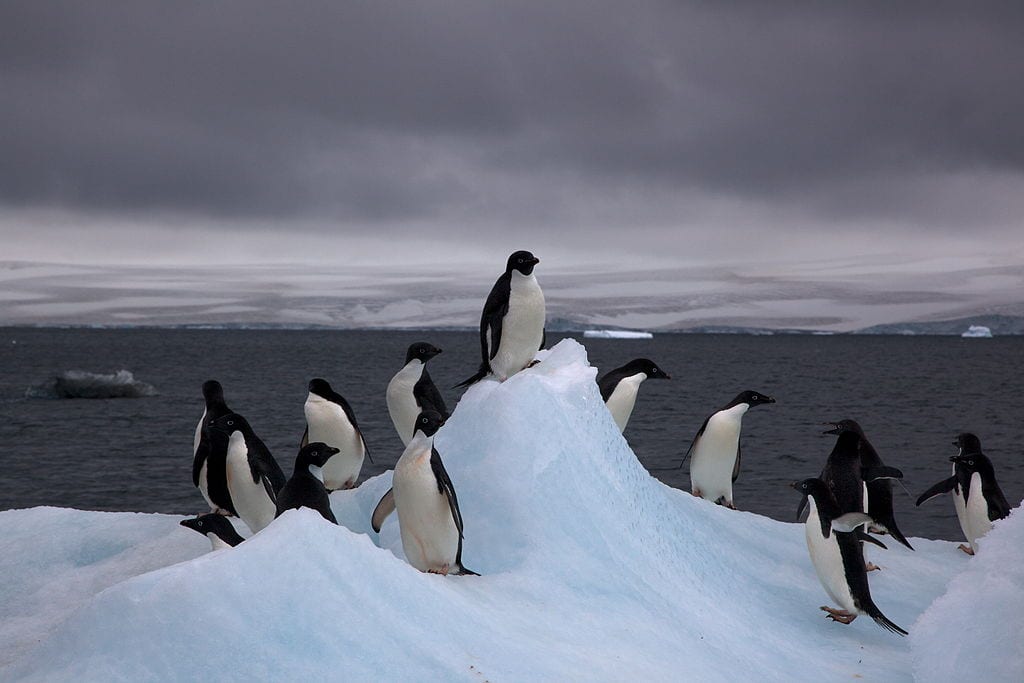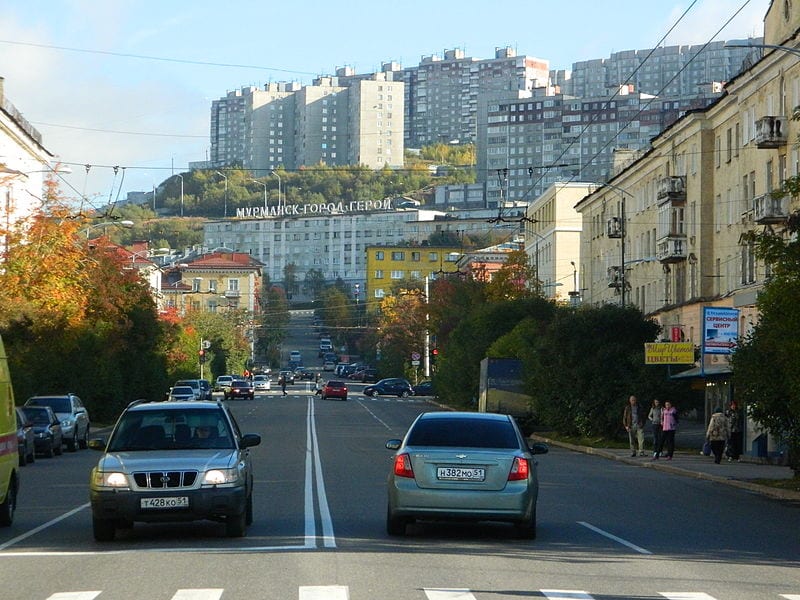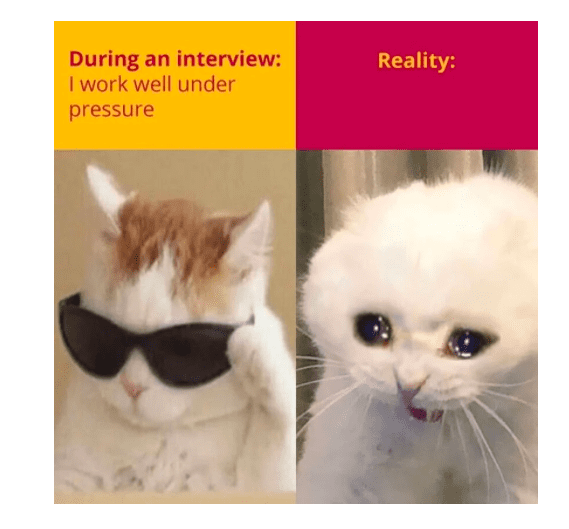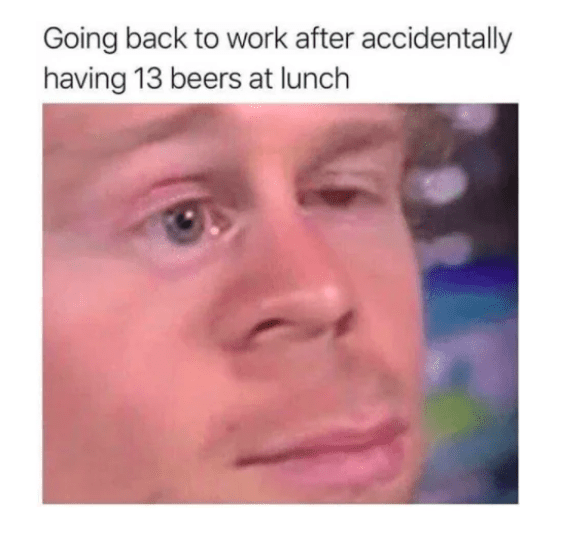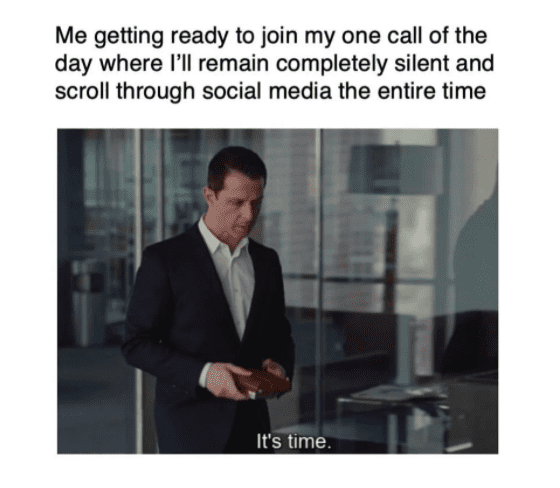If you needed any more proof that people are completely fascinated by unsolved mysteries and true crime, look no further than the rabid fanbase for Netflix’s revival of Unsolved Mysteries. Not only that, but there are whole television channels that show nothing else all day and all night, and here we are.
If you can’t get enough (I feel you), here are 15 unsolved mysteries that make people lose their minds every time they hear about them.
15. That’s a lot of info to still be unsolved!
I say the most interesting case is the one billed as “Septic Tank Sam”.
It took place in Tofield, a small town in Alberta with roughly a 1,200 inhabitant and located 70 km east of Edmonton. It began in April 1977, when a local couple named Charlie and Mavis McLeod wanted a pump for their septic tank, and decided to take the one in the tank located in their old abandoned farm, located 13 km outside of Tofield. However, when they opened the tank, they saw a sock and a shoe, and when they picked up the shoe, it turned out to be attached to a leg.
The police were notified immediately. They drained the tank and removed the decomposed body of a full grown man, and so began one of the most horrifying murder cases in Canada’s history.
The man was heavily decomposed, and was wrapped in bedsheets. The killer put quicklime on him to quicken the decomposition. He was genitally mutilated and it the police a lot of time to know if he was man or a woman. He also had signs of torture, with burn marks from a butane blowtorch and cigarettes, as shown from the burns on his clothes. He also appeared to have been tied on a bed on the time of his death. He was eventually shot in head and in the chest before being dumped in the septic tank. There could’ve been more shots, but they only found two broken bones. These infos about his fate are a result multiple investigations done through the years.
He was buried in an unmarked grave, and was exhumed when forensic scientist Clyde Snow from University of Oklahoma wanted to make a 3d reconstruction of his face in 1979, and again in 2000 when forensic scientist Cyril Chan made another clay face of Sam. His teeth info was sent to over 800 dentists across the country with no avail, only agreeing that his teeth were in bad shape, and the dental work he did was probably done in Canada. Many people claimed to have known Sam and said that he fit the description of a missing relative. These reports came from all over Canada and even from California, but they were all ruled out by teeth records.
This scared the small town. People were checking their septic tanks, and were afraid that their neighbor is the killer and grocers were afraid that the killer might be a regular customer.
They could get a little info about him through the years of investigation:
He initially thought to be white, but agreed later that he was a native American. This is mainly based on his shovel faced incisors. His bones and teeth showed that he suffered from an illness in his childhood. He didn’t match any of the missing persons’ descriptions in Alberta, so he probably wasn’t from the province, and was probably a migrant worker. His clothes (Levi shirt blue shirt, jeans pants, Clarks Wallabee imitation) indicate that he was a worker, either in construction or in a farm. The killer was probably a local, since he knew that the farm was abandoned.
The motive for murder is probably revenge for a sex crime that Sam committed, as the genital mutilation indicated so. He could’ve been a child molester, or gay, or slept with the killer’s wife. Sam is said to have been between 24-32 years of age, and later the age was raised to 32-40. It was speculated at first that Sam was in the tank for three months, but the date was pushed back to a year.
WebSleuths.com tried to solve the case. Their nearest match was a man named Edward Arcand, a native who left his home in June 1975 in Colman in SW Alberta. He was driving his 1969 Ford Falcon station wagon, which was later found on the side of the road, and he was never seen again. He was ruled out because he was missing six teeth, while Sam had all his teeth.
Four decades have passes since Sam was murdered, and his identity, along with his killer’s, is yet to be known, as of 2019. With time passing, his relatives, killer, and any witnesses are dead or dying. Only hope to identify him now is through DNA, although he’s likely to remain a john doe forever. Retired sergeant Ed Lammerts, who one of the first people on the scene, says the only hope would be that the killer would confess on his death bed.
14. The Unsolved Mysteries episode about this dude blew my mind.
Xavier Dupont de Ligonnès.
He killed entire family and vanished. He has been looked for over a decade and even today french media brings new info about his troubled past, money and marriage problems – that gives you chills.
13. I need to know what happened here.
The death of Magdalena Zuk.
She was a polish girl who bought tickets for both herself and her boyfriend to go to Egypt but ended up going alone due to issues with her boyfriend’s passport/visa.
Just a day after she arrived in Egypt, she seemingly lost her mind. She started acting strange and was taken to a private hospital while arrangements were made for her boyfriend’s friend to come take her back to Poland.
At the hospital, she made multiple attempts to jump out the window and had to be restrained. A nurse untied her so that she could go to the bathroom and apparently Magda made a final, fatal dash for the window. She was taken to a larger hospital but died hours later.
You can find recordings of her video call with her boyfriend which clearly shows her being paranoid and jumpy. When asked what the problem was, besides phrases like ‘they have all sorts of tricks here’ and ‘I’ll never get out of here’, all she said was one letter – M.
Her boyfriend’s name started with M, her tour guide’s name started with M, the name of the friend who was being sent to her also started with M, if I remember correctly. So there really is no way to know what the whole thing was about. She also said something along the lines of ‘they’re watching me, I can’t talk’.
What made Magda act strangely? Why was she so scared? Why did she jump out a window? Did she even jump out on her own accord? Was she pushed off?
Another girl who was associated with her boyfriend also died under suspicious circumstances but I couldn’t find much more on that in English.
12. Maybe it was aliens?
The disappearance of Brian Shaffer
He went out drinking with friends, entered a bar and never came out again. Nobody knows what happened to him and there were no other exits inside. He just disappeared without a trace.
11. You’ve definitely gotta be careful!
Giulio Regeni was an Italian university student from Cambridge. He was doing some research in Egypt for the American University in Cairo and he wrote some articles, with a pseudonym, about the 2011 Egyptian revolution. His dead and mutilated body was found on the side of a road outside Cairo on 3rd February 2016.
He had signs on his body that indicated he was brutally tortured, broken ribs and fingers, both legs, arms and five teeth. He was probably killed by the Egyptian secret services. We still don’t know the truth about his death and the Egyptian government still hasn’t do anything to help Italy solve the case.
This made and makes me realize how dangerous are some countries in the world still today.
10. How is this possible?
Missy Bevers.
The footage of her attacker wandering around the church in riot gear, waiting (?) for her to arrive.
Horrifying.
The fact that they are on crystal clear video yet still has not been identified. Just wtf all around.
9. Who WAS this guy?
In early 1945, a Boston hospital received an unconscious patient suffering serious injuries, including infected shrapnel wounds.
The hospital was taking in injured seamen from several US ships, and no one bothered asking questions as they started treatment, but someone wrote on a card, “Charles A. Jamison (some articles say ‘Jamieson’); forty-nine; religion-Catholic; American. Cutty Sark.”
After extensive treatment, Jamison slowly improved to the point he could speak. Unfortunately, he seemed to be suffering amnesia, and what little information he could give couldn’t be matched to any records.
There was no US enlisted man named Charles Jamison (or any variation) who was unaccounted for. The patient’s fingerprints and photos were checked against military and criminal records with no match.
No ship named Cutty Sark was listed in the US military. There was one used by the British Navy. This seemed promising as among Jamison’s distinctive tattoos was one with the US and British flags, and he recalled living in London and training at a British gunnery school, but the British vice-consul (who felt Jameson spoke with a British accent) sent his information to the Admiralty and the British Maritime Registry, who couldn’t match it to any sailor.
Despite record searches in both the US and the UK, and widespread newspaper coverage, no one was ever able to figure out who Charles Jamison was. He spent 30 years in the hospital before he died with no solid identity.
8. They definitely sold that house.
The Watcher.
In New Jersey a family bought a house at 657 Boulevard and began receiving letters from an eloquent man who claimed to have inherited a family tradition of “watching” the house.
The letters were not pleasant ones.
7. You should see my face right now.
The Atlas Vampire
In 1932, a woman living alone in Stockholm was found bludgeoned to death in her apartment. The discovery of a blood-covered gravy ladle led police to believe that they had found the murder weapon, but this was not the case. The murderer had used it to drink her blood, and had successfully drained the corpse of nearly all liquid before fleeing the scene.
6. Yeah all of that sounds suspicious.
The Isdal woman.
She was a foreign woman found burned to death at a remote area in Norway in 1970. She visited Norway twice in 1970… once in March 1970, and then in November 1970. The Isdal woman stayed at various hotels around Norway under several false names, and supposedly possessed false passports. Hotel staff reported that she kept to herself and spoke to them in German and broken English. She was also witnessed conversing in French with a man at a hotel lobby.
The Isdal woman stood out in Norway because she looked foreign and dressed very stylishly. She was also a lone woman staying in hotels, which was unusual in 1970. After her death, it was rumored that she was a spy from Israel or Russia. Nobody knows who she is and why she came to Norway. Her death was ruled as a suicide, though many investigators dispute this ruling.
5. How is he not a suspect?
Claudia Kirschhoch, a journalist going to a press trip in Havana, Cuba, didn’t make it to her destination. The 29-year-old stayed at the Sandals Beaches Resort in Negril, Jamaica while waiting for available flights to the United States since she was not able to enter Cuba.
Kirschhoch stayed a bit longer at the resort before mysteriously disappearing. The only missing things from her room were the clothes she wore the night of her disappearance. Kirschhoch befriended bartender Anthony Grant whose behavior, including calling in sick for four days after her disappearance, seems noteworthy.
Further investigations found evidence of Kirschhoch in his car, but authorities don’t consider him a suspect. A 2002 judge ruling says Kirschhoch died of foul play, but there were no charges.
4. What did they do with the art, though?
The Isabella Stewart Gardner Museum art heist:
On the night of March 18, 1990, museum guards allowed two men dressed as police officers to enter Boston’s Isabella Stewart Gardner Museum. They were fake cops and immediately tied up the guards and set about stealing 13 art works worth a half-billion dollars.
Despite the $10 million reward, the case remains unsolved.
3. Someone must know something…
Elizabeth Barraza & her husband lived in the neighborhood behind me. On January 25, 2019 someone drove up to the house as she was setting up for a garage sale. The person got out of their truck & walked up and shot her several times and then drove away.
We have surveillance video from a neighbor & it shows the whole thing. But there still hasn’t been a suspect named, the Harris County police are at a loss. It was so early in the morning that the light was still low so it’s hard to tell if the person is even a male or female.
Elizabeth was a wonderful person, she was heavily involved in a volunteer group that would visit hospitals dressed as characters from Star Wars. Her marriage was great, there’s just no reason for someone to want to kill her.
So over a year later there’s been nothing, all we know right now is that a random person just drove up and shot Elizabeth in her driveway.
2. I do not like this story at all.
The very first black drum major at Michigan State University disappeared one night and was never seen again. His wallet, car, and everything else he owned was left behind. He was supposed to appear in court to testify against someone who had stolen from him and beaten him up and it’s suspected that that person murdered him but no evidence was ever found and no one came forward.
There’s a great documentary about it that can be found here: What Happened to Henry?
1. That is one creepy sketch.
The Lake Bodom murders.
Four teenagers, 2 young couples, were brutally attacked while camping. The sole survivor underwent hypnosis to try to identify the murderer. Many criticised this method and dismissed it as nonsense noting the sketch didn’t really look like a real person, except for the fact that a man who looked just like it was photographed at a memorial service for the murders. He was never identified.
I’m honestly never going to get over some of these. They need to be solved!
What’s your “favorite” unsolved mystery? If it’s not here, tell us about it in the comments!
The post Unsolved Mysteries That Continue to Freak People Out appeared first on UberFacts.





